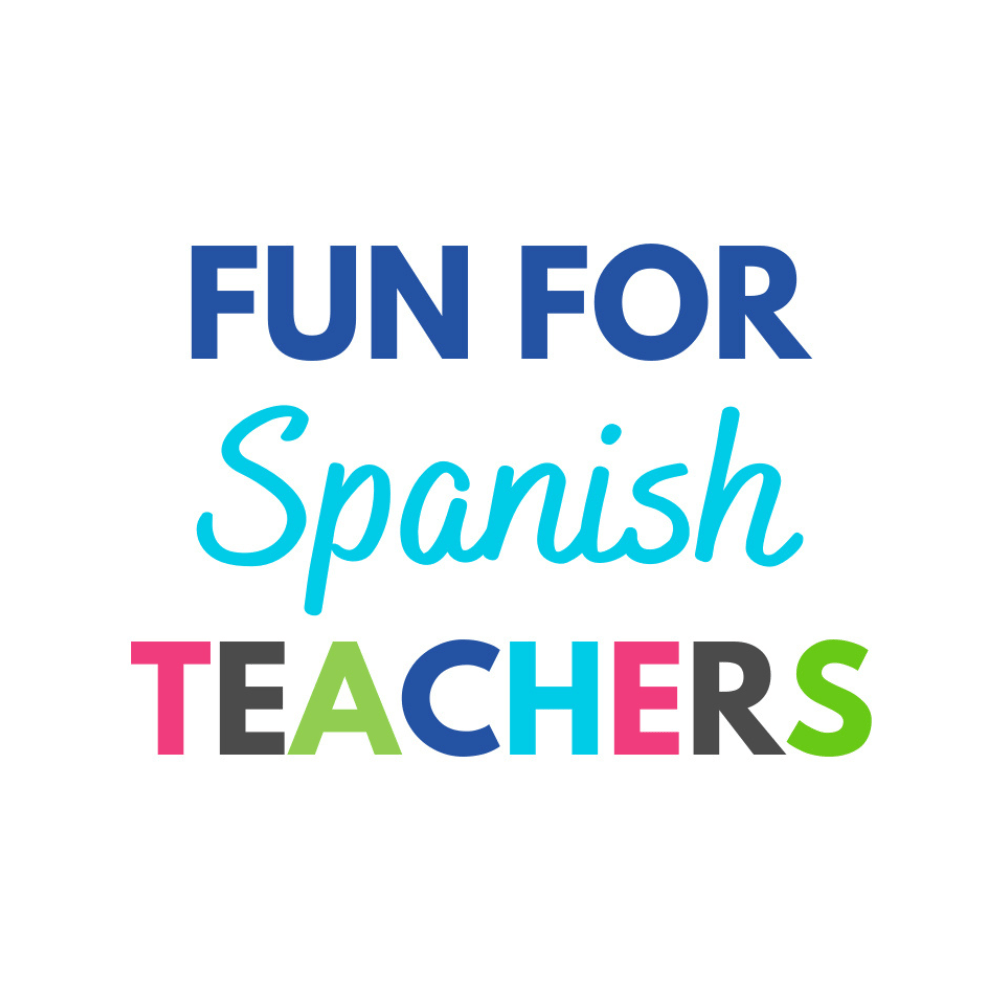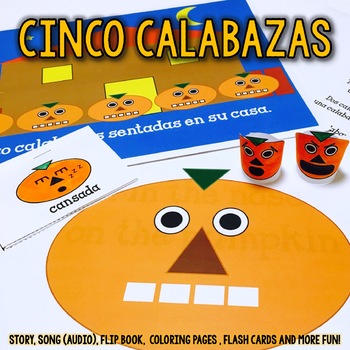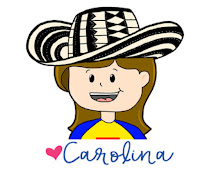Fun activities with the Advent calendar
The advent calendar is great to review a lot of the vocabulary you have introduced in your classes:
Halloween Song: Cinco Calabazas
Cinco calabazas sentadas en su casa,
Author: 1-2-3 Spanish Together™ ©2009
Have fun singing in Spanish!
Carolina
Los números – Numbers
Activities:
· Place objects in a box and have the children count.
·Place numbers from 1 to 5 or 1 to 10 on the floor and have the children organize them.
· Make a line of numbers on the floor and give turns to the children to jump next to the number you call.
· Use a flyswatter and invite a child to find a number and point at it with the flyswatter.
· Use a numbered dice and have the children count the dots on the dice.
For more fun music and ideas visit www.funforSpanishTeachers.com
First Week of School: Two Songs for Teaching Greetings & Introductions
Hola, amigas ¿cómo están? (Hi friends -girls-, how are you?)
Activities:
• Use a friendly puppet to introduce the song. Have a short interaction with the puppet:
You: Hola, ¿cómo estas?
Puppet: Muy bien gracias
Puppet and you: Bienvenido, bienvenida a la clase de español .
• Pass the ball in the circle asking each student “Hola, ¿cómo estas?” and giving them the opportunity to answer “muy bien gracias”.
Invite students to volunteer using two puppets with the same question and answer.
• Make instruments with recycled materials such as cereal boxes, milk bottles, and spoons. Have students sing the song while playing instruments. Divide the class in two groups. Ask one side of the class to sing “hola, ¿cómo estas? And have the other group respond “muy bien”
Song #2: ¿Cómo te llamas tú? / What’s your name?
Click here to sample or buy song
A, E, I, O,U
¿Cómo te llamas tú?
Yo me llamo Julián
A, E, I, O, U
¿Cómo te llamas tú?
A, E, I, O, U
Yo me llamo Alana
Activities:
• Bring a puppet to class. Introduce it by saying “Yo me llamo ….”(my name is), and then say “¿Cómo te llamas tú?” (what’s your name) pointing at the puppet and have the puppet respond to you.
• Have a puppet ask the children in class ¿cómo te llamas tú?
• Have the class stand up in a circle. Throw a ball while asking “¿cómo te llamas tú? They should respond by saying “yo me llamo…” or simply say their name and throw the ball back to you, and then proceed to sit back down.
• Variation:
The student with the ball responds to the question saying “Yo me llamo…” and then throws the ball to another classmate asking “¿Cómo te llamas”. Once their classmates answer, the student who had the ball previously can sit. The game continues until they are all seated.






